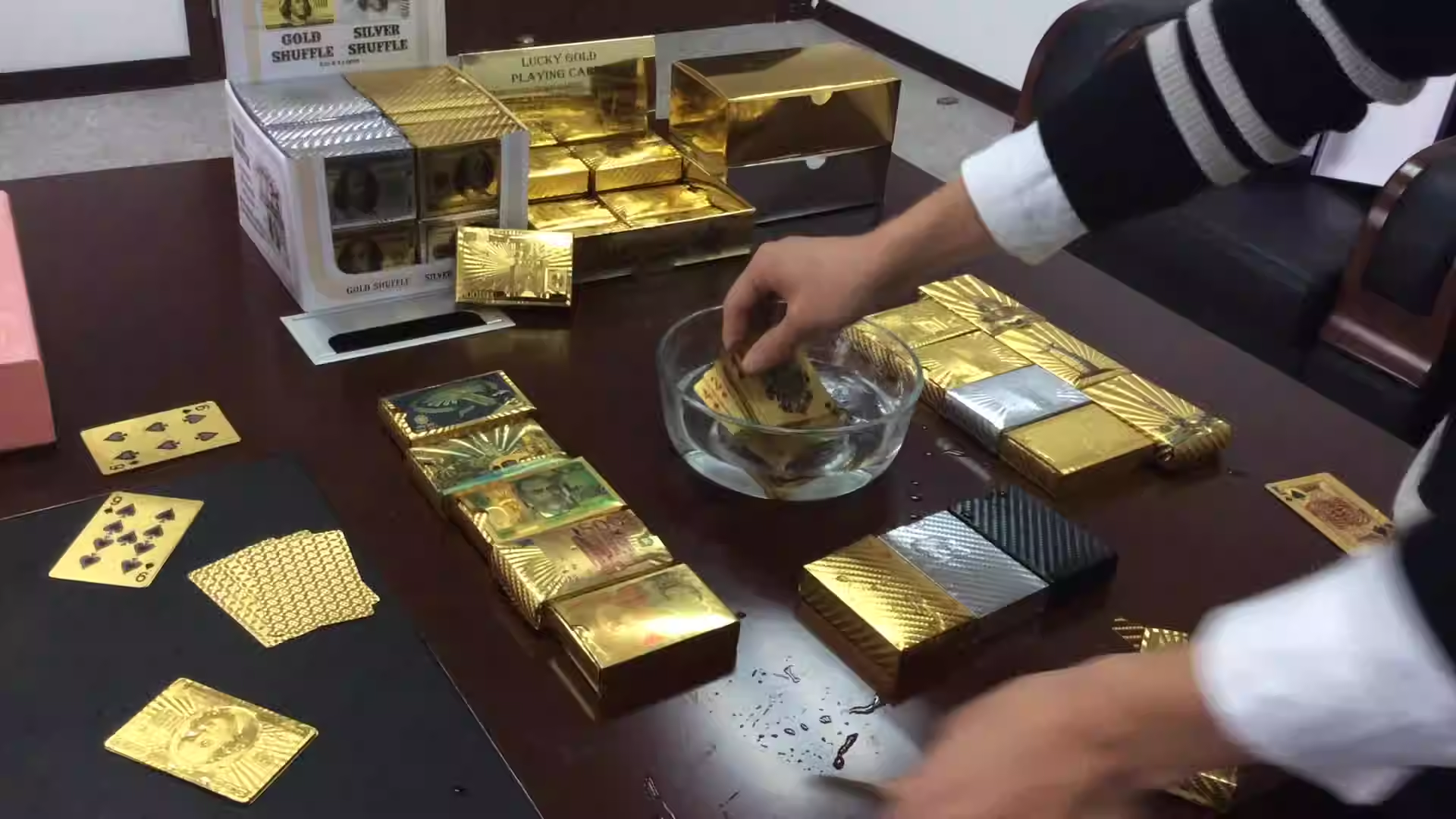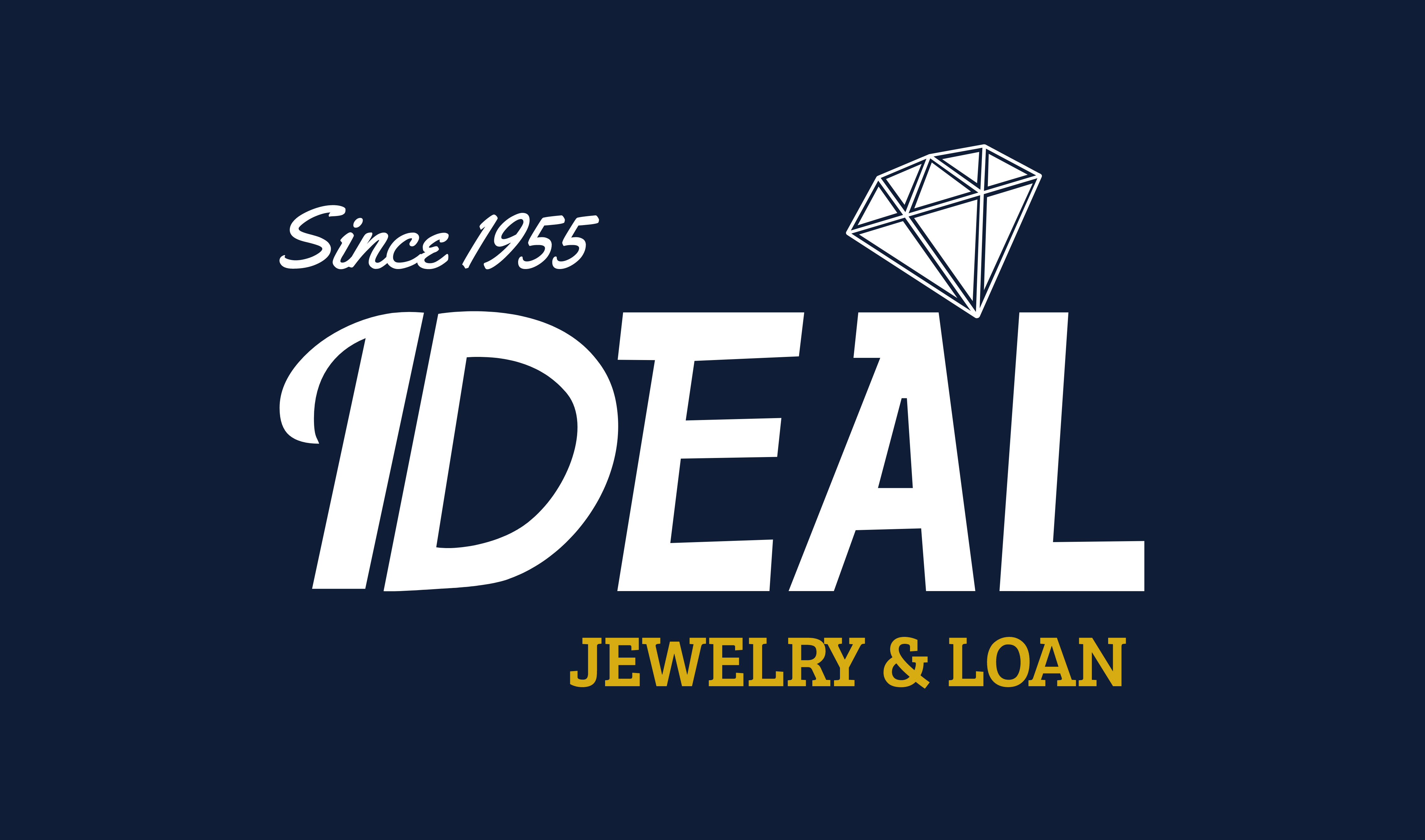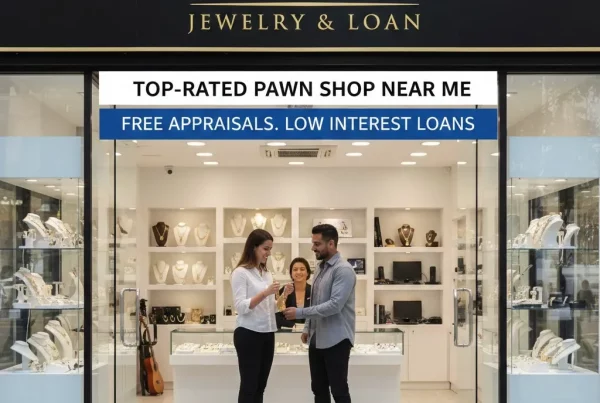
What’s the 14K Gold Price Per Gram at a Pawn Shop? A Realistic Breakdown
If you’ve ever wondered how much you can actually get for your 14K gold at a pawn shop, you’re not alone. With gold prices fluctuating daily and pawn shops offering different payout rates, it’s important to understand what’s realistic—before you walk in.
Whether you’re selling an old bracelet or a broken necklace, knowing the per-gram value of 14K gold helps you avoid getting lowballed and empowers you to negotiate better.
Let’s break it down.
What Is 14K Gold Worth?
14K gold is made up of 58.5% pure gold and 41.5% alloy metals like copper, silver, or zinc. This mix makes it more durable than 18K or 24K gold, and it’s one of the most common purities used in jewelry worldwide.
To calculate what your 14K gold is worth, you need two things:
The current market price of pure gold (24K)
The weight of your gold item in grams
As of today, let’s say pure gold is priced at $75 per gram. That means the base value of 14K gold is:
$75 x 0.585 = $43.88 per gram
That’s the melt value—but don’t expect a pawn shop to offer that full amount.
How Much Do Pawn Shops Pay for 14K Gold?
Pawn shops are resellers. They need to make a profit and account for refining costs, market fluctuations, and business overhead. Typically, they offer between 40% to 70% of the melt value of your gold, depending on:
Your negotiation skills
The shop’s current demand
Whether the item is scrap or resellable
The weight and condition of the jewelry
So, using the $43.88 melt value:
Low-end offer: $17.50 per gram (40%)
Average offer: $26.30 per gram (60%)
High-end offer: $30.70 per gram (70%)
Keep in mind, every gram counts—especially with heavier items like necklaces and bangles.
Factors That Influence the Price You Get
Not all pawn shops are the same. Here are key factors that affect how much you walk away with:
1. Market Conditions
Gold prices change daily. Selling when the price is up can mean an extra $5–10 per gram.
2. Your Item’s Condition
If your jewelry is in excellent condition or has designer branding, you may get an offer above scrap value.
3. Shop Location
Pawn shops in urban areas or high-income neighborhoods may offer more than those in rural towns.
4. Reputation of the Shop
Trusted shops with transparent pricing are more likely to give a fair deal. Always check reviews before going in.
5. Negotiation
The first offer is never the best one. Be polite, informed, and confident—especially if you know your gold’s weight and purity.
Should You Sell to a Pawn Shop?
Pawn shops are convenient and quick. But if your goal is to get top dollar for your gold, you might want to explore other options like:
Jewelry-specific buyers
Online gold dealers
Auctions (for rare or branded items)
Still, if you need instant cash, pawn shops remain a go-to option—just go in prepared.
Pro Tip: Weigh Your Gold Beforehand
Buy a small jewelry scale and test your items at home. Make sure you’re measuring in grams—not ounces—and deduct any gemstones or clasps that aren’t gold.
Knowing the actual weight helps you calculate the melt value and gives you confidence at the counter.
Frequently Asked Questions
How much is 14K gold worth per gram today?
It depends on the current market price of pure gold. Multiply the 24K gold price by 0.585 to get the 14K melt value.
Why do pawn shops offer less than gold’s full value?
They need to cover refining, resale risks, and make a profit. Most pay 40% to 70% of the melt value.
Can I negotiate at a pawn shop?
Yes, and you should. Knowing your gold’s weight and market value gives you leverage.
Is it better to pawn or sell my gold?
Selling gets you more money upfront. Pawning offers a loan with the option to reclaim your item, but comes with interest.
Do pawn shops test gold before buying?
Yes, reputable shops test for purity using acid tests, electronic testers, or XRF scanners.
What’s the best way to get the most for my 14K gold?
Know your gold’s weight, purity, and the market price. Shop around and don’t accept the first offer you get.




